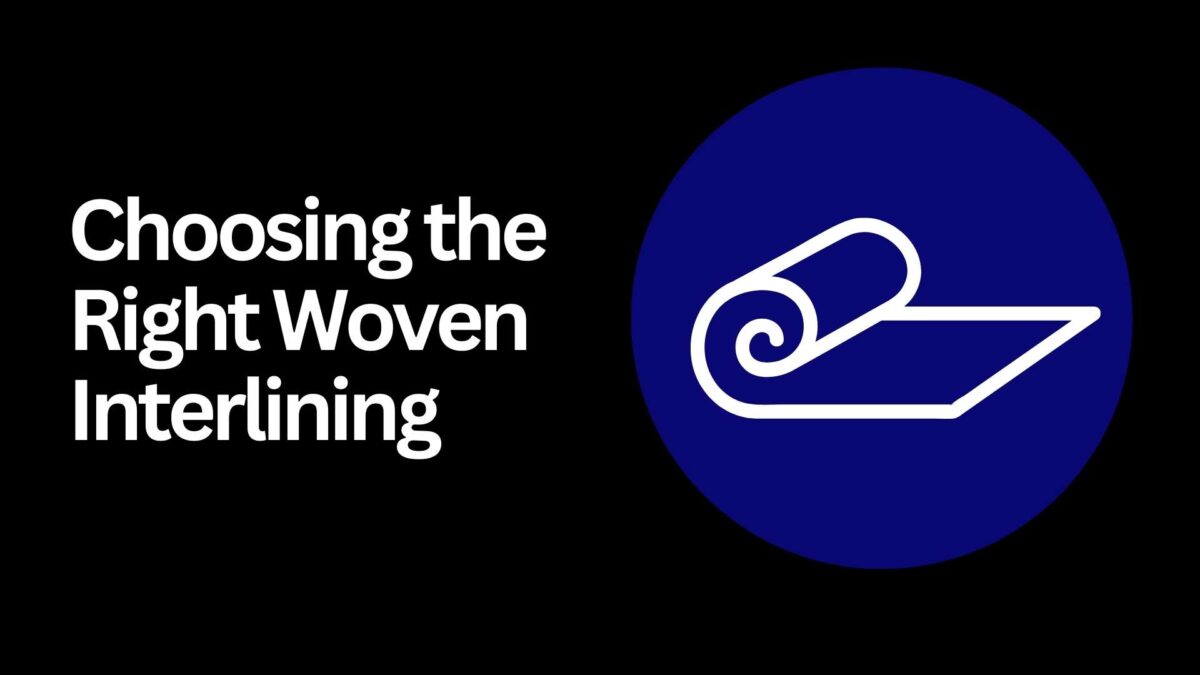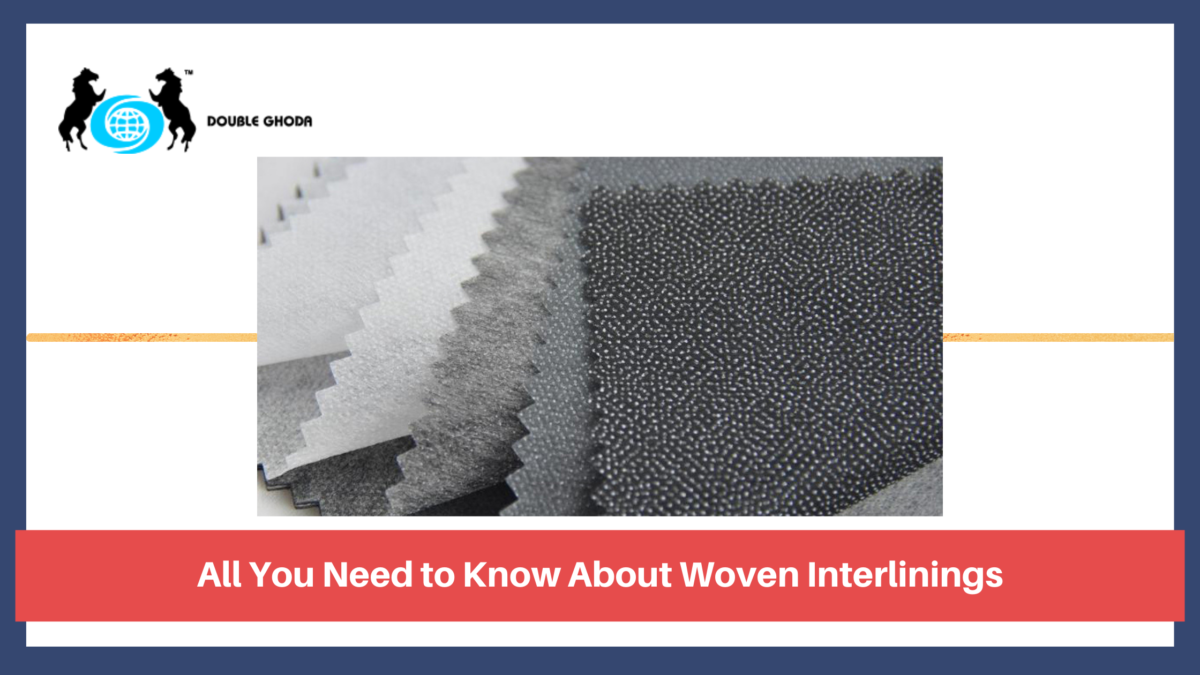The Ultimate Guide to Interlining: The Secret Weapon of Tailoring
The world of sewing might seem overwhelming at first, but with a few key elements, you can create stunning garments. One such element, often overlooked but incredibly important, is interlining fabric. Today’s post delves into the fascinating world of interlining, your secret weapon for achieving professional-looking clothes.
Introduction to Interlining
Interlining, also known as interfacing, is a hidden layer of fabric sandwiched between the outer fabric and lining of your garment. It acts like a silent supporter, providing structure, stability, and shape. From crisp collars to tailored jackets, interlining in garments plays a crucial role in achieving the desired silhouette and adding a touch of elegance.
Importance of Interlining in Garments
Here’s why interlining is a must-have in your sewing kit:
- Structure and Support: Interlining provides essential support for areas like collars, cuffs, waistbands, and buttonholes, preventing them from sagging or losing shape.
- Enhanced Fit: It helps garments drape beautifully and conform to the body’s curves, creating a polished and tailored look.
- Durability: Interlining reinforces fabrics, making them more resistant to wear and tear, especially for delicate or lightweight materials.
- Professional Finish: The right interlining elevates the overall look and feel of your garment, giving it a professional and polished finish.
Types of Interlining
The world of interlining offers a variety of options to suit different needs. Here’s a breakdown of the most common types:
- Woven Interlining: Made from woven fibers like cotton or wool, woven interlining fabric offers a natural feel and moderate weight. It’s perfect for structured jackets, collars, and cuffs
- Non-Woven Interlining: This versatile interlining comes in various weights and textures, from lightweight fusible interlining web to heavyweight stabilizer.non woven interlining fabricis ideal for a wide range of applications, from adding body to shirt fronts to creating structured bags
- Knit Interlining: Offering a soft and flexible drape, knit interlining is perfect for garments that require some give, like jackets with soft shoulders.
- Fusible Interlining: This interlining fabric has a heat-activated adhesive layer that bonds with the fabric when ironed. It’s convenient for beginners and ideal for areas that need a crisp finish, like collars and pockets
- Specialty Interlinings: There’s a world of specialty interlinings available, from heavyweight hair canvas for tailored coats to mesh interlining for breathable garments.
How to Choose the Right Interlining for Your Project
Choosing the right interlining depends on several factors:
- Fabric Weight: Lighter fabrics require lightweight interlining, while heavier fabrics need more support.
- Desired Effect: Do you want a crisp structure or a softer drape? Choose your interlining type accordingly.
- Garment Area: Collars and cuffs need a different type of interlining than shirt fronts or bag straps
Tips for Working with Interlining
Pre-wash your interlining to avoid shrinkage after attaching it to your fabric.
Experiment with different weights and types on scrap fabric to find the perfect match for your project.
Fuse interlining carefully, following the manufacturer’s instructions to avoid scorching your fabric (fusing interlining).
Use sewing clips instead of pins to prevent snags and damage to the interlining non woven or woven.
Conclusion
Interlining might be a hidden element, but its role in garment construction is undeniable. By understanding the different types of interlining woven interlining fabric and non woven interlining fabric and choosing the right one for your project, you can elevate your sewing skills and create garments that look and feel truly professional. So, the next time you start a sewing project, don’t underestimate the power of interlining – it’s the secret weapon for achieving that perfect tailored look!
Ready to elevate your sewing projects withhigh-quality, premium interlinings? Mumbai boasts a variety of reliable suppliers, manufacturers, and stockists to cater to your needs. Here’s a quick starting point for your search:
- Explore online directories like Justdial, sulekha to find a list of interlining suppliers in Mumbai.
- Research local manufacturers like doubleghoda Interlining, known for their high-quality interlining products.


